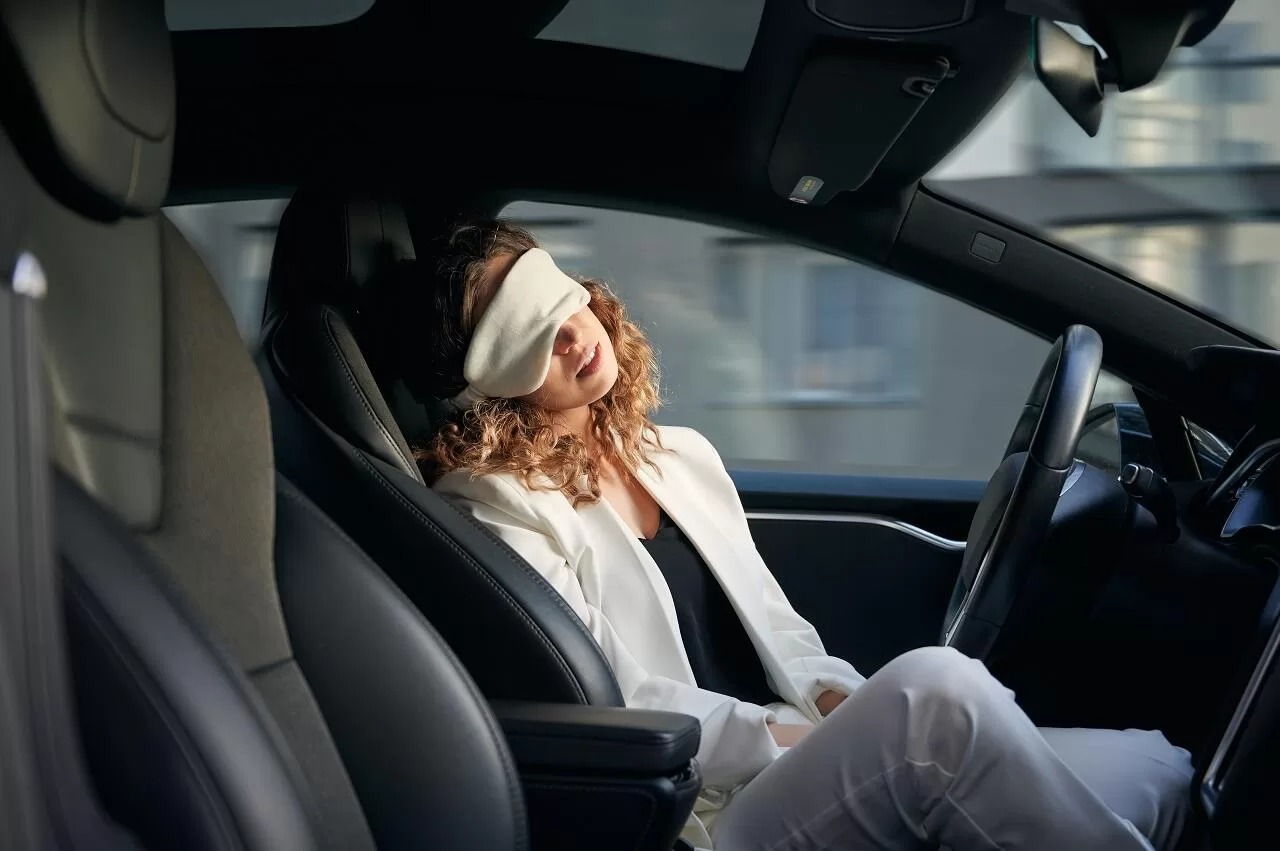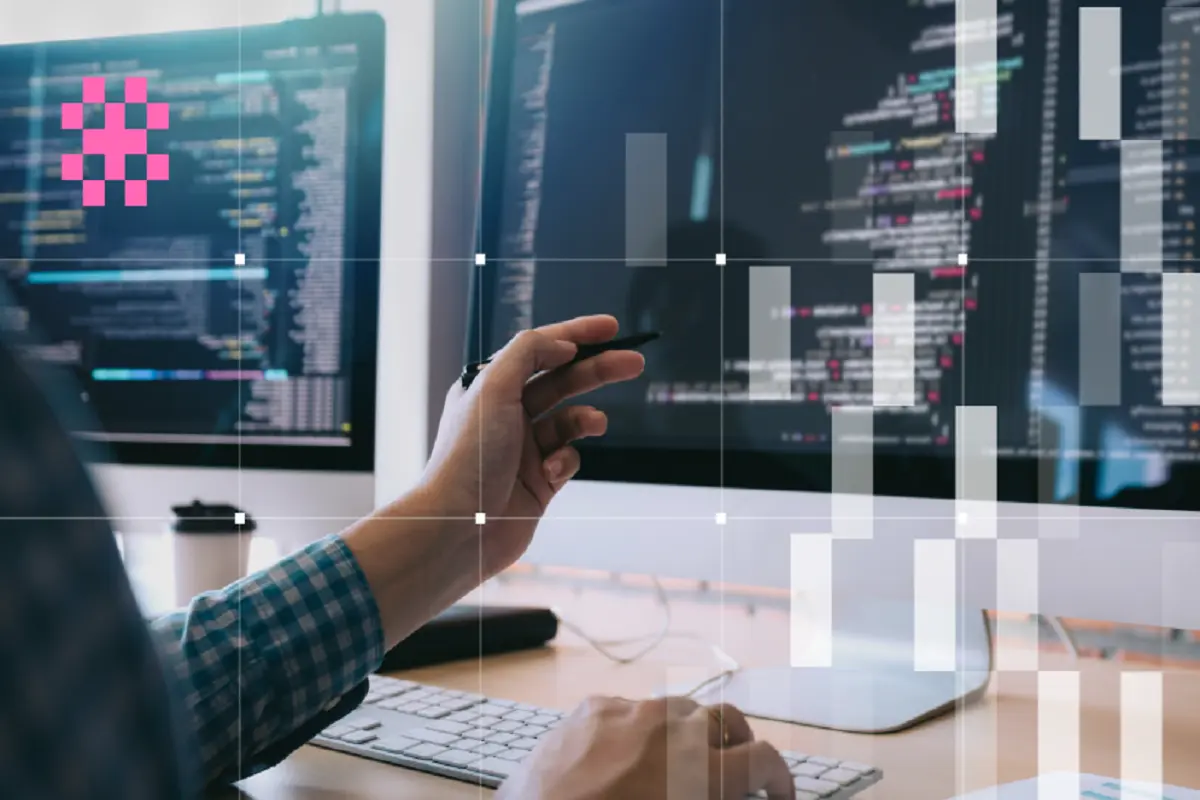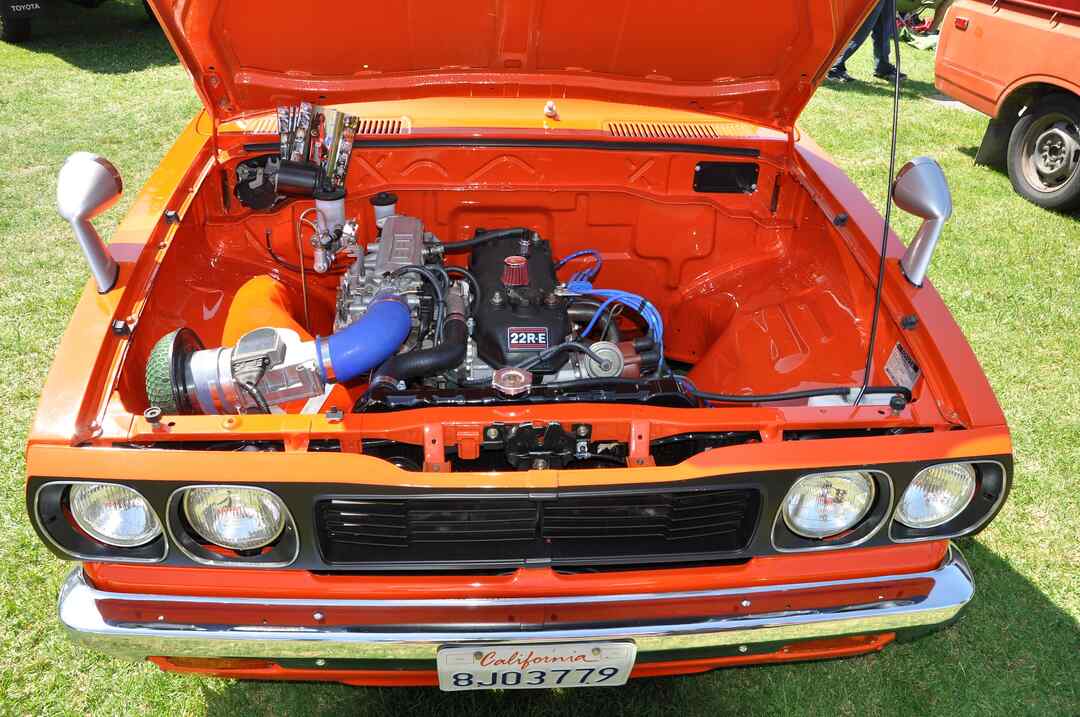The advancements of self-driving cars in recent years have been a revolutionary part of history. It is known that a majority of car accidents are caused by human driving errors, which is why self-driving cars and autonomous driving features have been designed with the goal of making the roads safer and at the same time, transportation more efficient. While the technology for self-driving cars has developed rapidly in recent years, accident involving these autonomous vehicles have still occurred.
Common Causes of Self-Driving Car Accidents
The new technology developed for self-driving cars has been thoroughly tested, however, various technical malfunctions or failures have caused a handful of car accidents.
Sensor Failures
Self-driving cars rely on a variety of sensors, such as lidar, radar, and cameras, to detect their environment and make decisions. When one or more of these sensors fails or malfunctions, the car may not be able to accurately sense its surroundings, leading to collisions with other vehicles or objects on the road.
Software Errors
Self-driving cars use incredibly complex software which allows the vehicle to understand and take into account a wide range of factors, such as traffic patterns, weather conditions, and pedestrian actions. If the software has any type of bug or error, it may cause the car to make unsafe and incorrect decisions which can also cause car accidents.
Human Errors
Although self-driving cars are designed to operate without human intervention, there are still situations in which a human driver may need to take control. When something suddenly intervenes in the car’s path, for example, and the human driver fails to take control, an accident may occur. The human driver in a self-driving car must still pay attention and be able to operate the vehicle correctly for optimal safety and to avoid accidents.
Lack of Regulations and Standards
With the current lack of consistent standards and regulations governing self-driving cars, guidelines to prevent car accidents and ensure the safety of self-driving cars can be unclear. The legal regulations to ensure the safety of users of autonomous vehicles are not yet thorough enough to prevent car accidents from happening.
Determining Liability in a Self-Driving Car Accident
Determining fault in a self-driving car accident can be a complex issue. Many factors can contribute to a collision, and the details of every car accident case varies. In general, liability for a self-driving car accident may be held to one or more of the following parties:
Vehicle Manufacturer
If the accident was caused by a defect or malfunction in the self-driving car’s hardware or software, the manufacturing company may be held liable. For example, if a sensor fails to detect an obstacle in the road, causing the car to crash, the manufacturer may be found at fault.
Software Developer
In cases where the accident was caused by a bug or error in the self-driving car’s software, the software developer may be held liable for any damages or injuries. Software issues could include incorrect programming or a failure to take into account certain environmental or weather conditions.
Vehicle User
If the accident was caused by human error, such as a driver who was not paying attention or failed to take control of the wheel when necessary, the user may be held responsible for the collision. While automated cars may not have a driver directly in the driver’s seat, liability, in this case, could include the passenger or the person responsible for overseeing the car’s operation.
Other Drivers or Pedestrians
If a self-driving car was involved in an accident with another vehicle or a pedestrian, the other party may be at fault if they acted negligently or recklessly on the road. If someone driving a separate vehicle collides with a self-driving car, the other driver may be found at fault.
It is important to note that liability for self-driving car accidents is still evolving since there are only a few legal precedents and regulations in place governing autonomous vehicles. Additionally, liability may be shared among multiple parties in some cases, depending on the details and specific circumstances of the accident. As the technology for self-driving cars continues to advance and become more universal, further guidelines and regulations will have to be established to help determine car accident liability and ensure roadway safety.
What Damages Are Available After a Self-Driving Car Accident?
Working with a car accident attorney to file a car accident claim can help you recover financial compensation for the damages or injuries suffered. Compensation after a self-driving car accident may include:
- Property Damage: If your vehicle was damaged as a result of the accident, you may be able to recover the cost of auto repairs or you may seek the fair market value of your vehicle if it was totaled.
- Medical Expenses: If you suffered an injury in the accident, you may be able to recover the costs of medical treatment, such as hospital bills, physical therapy, and medication.
- Lost Income: If your injuries prevented you from working, you may be able to recover the wages you lost as a result of the accident.
- Pain and Suffering: You may be able to recover compensation for the physical and emotional pain and suffering you experienced as a result of the accident.
Damages available after a self-driving car accident may vary depending on the specific case. Working with an experienced personal injury attorney can help you understand your legal options and ensure that you receive the maximum compensation possible for your losses.
Also Read: 3 Tips for Hiring a Professional Truck Accident Attorney




